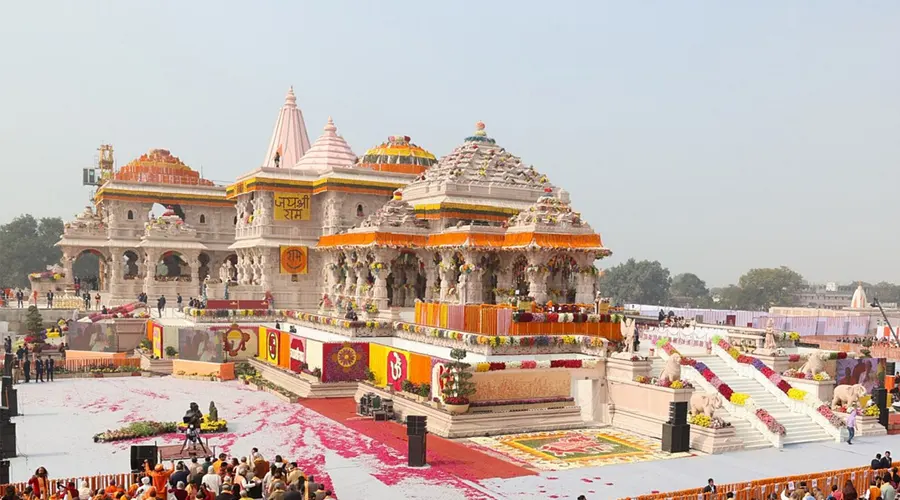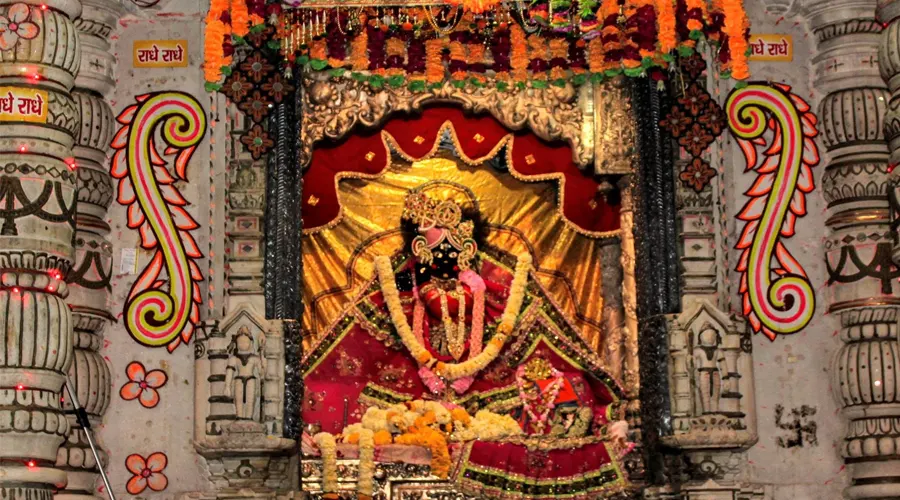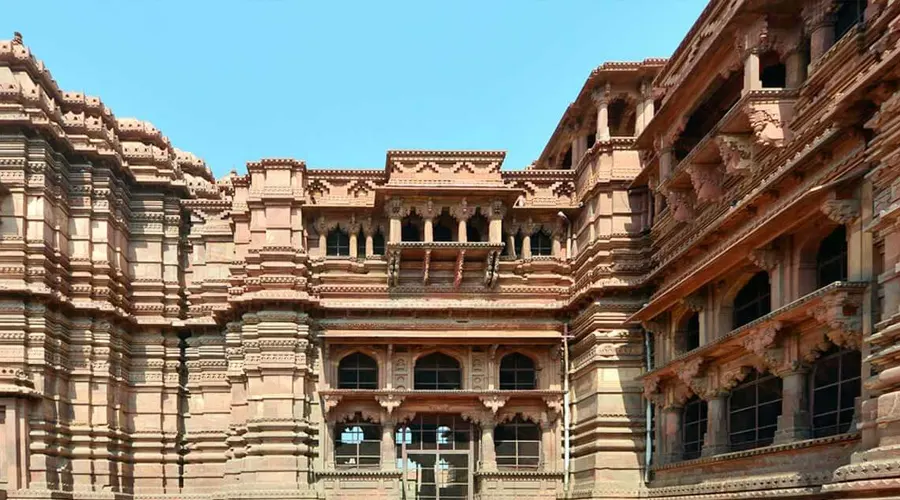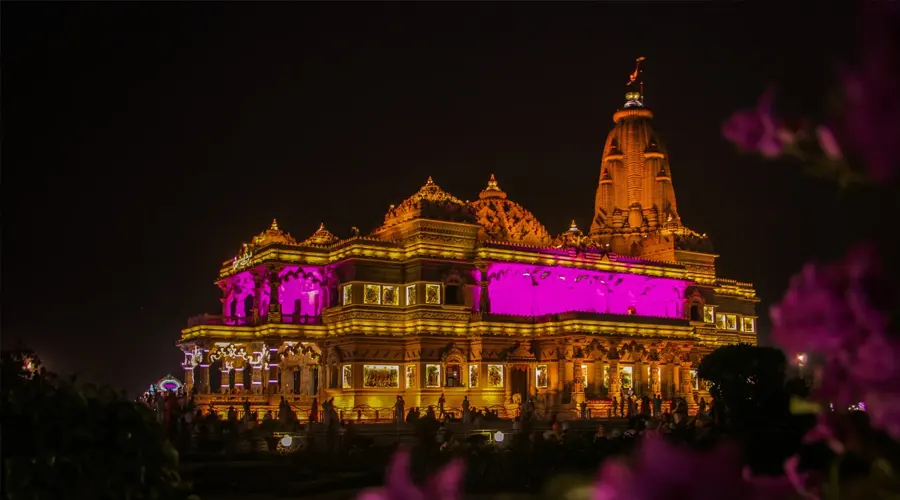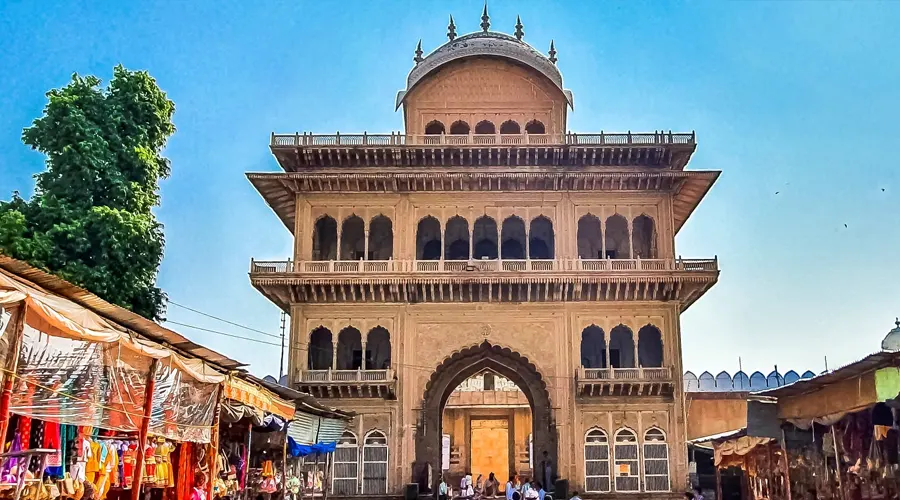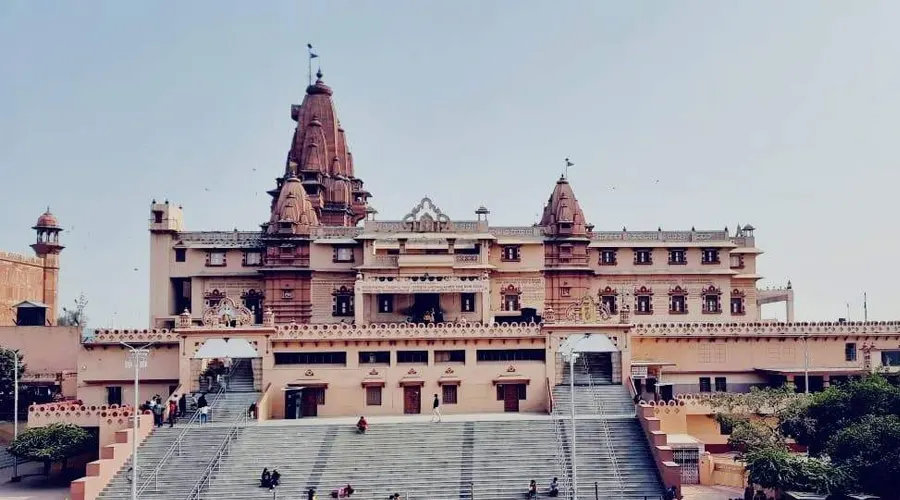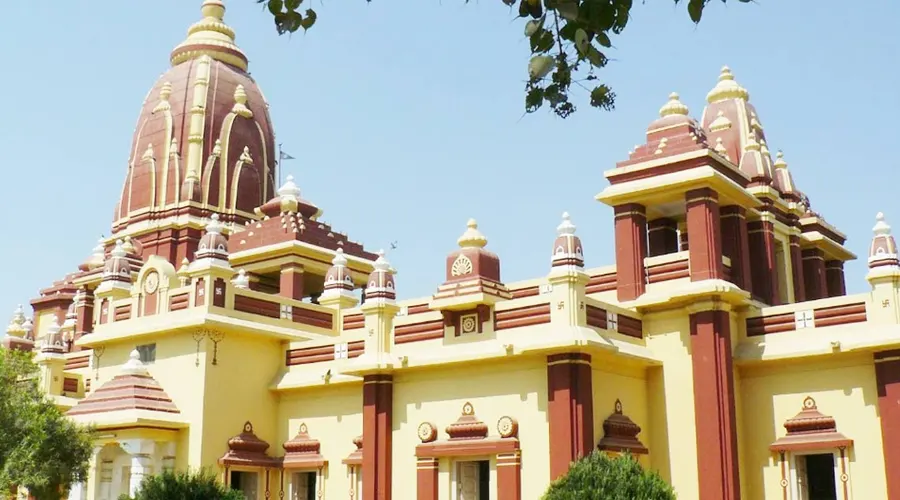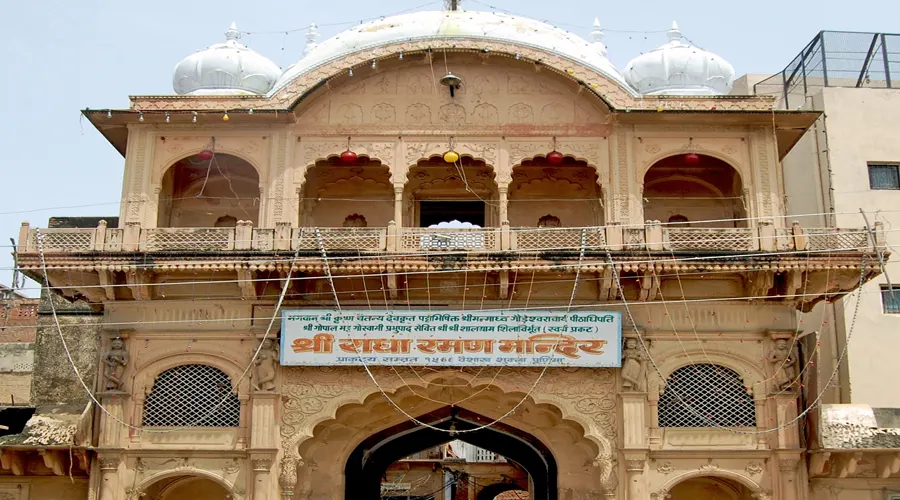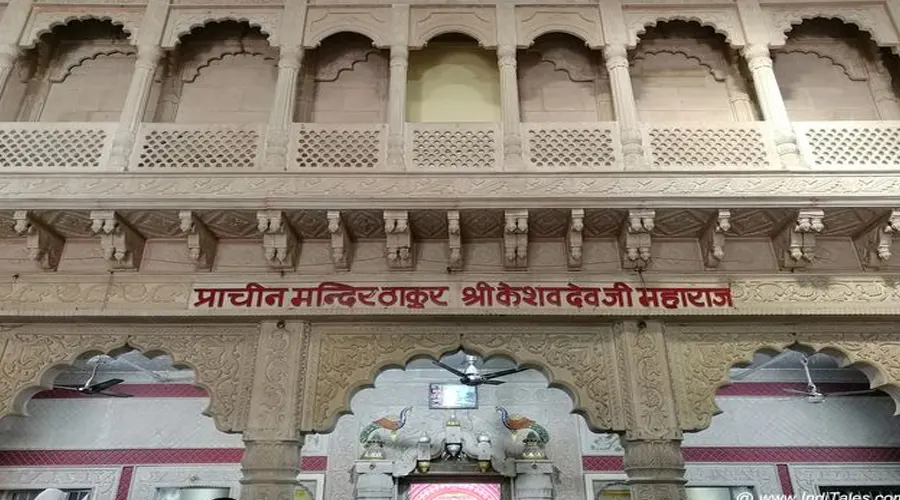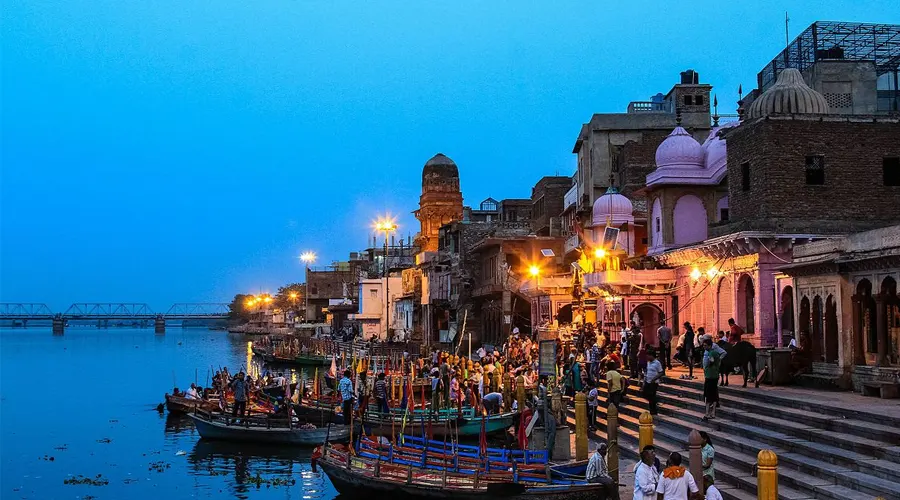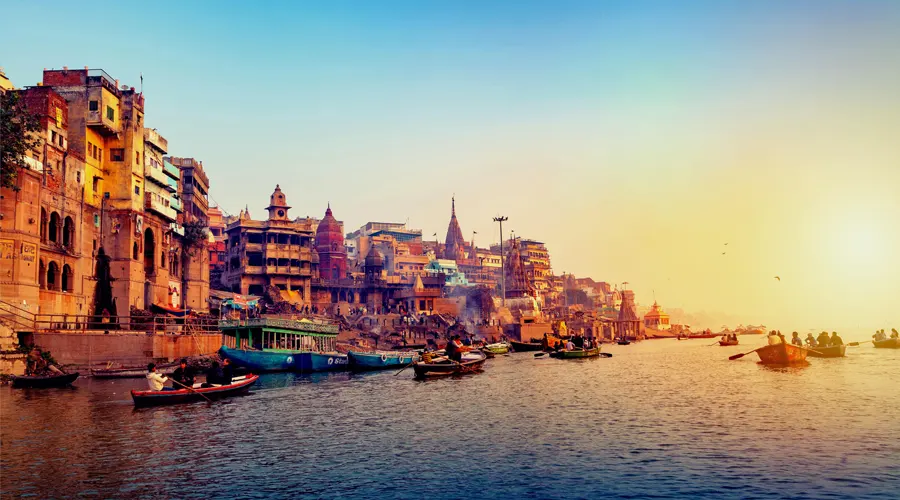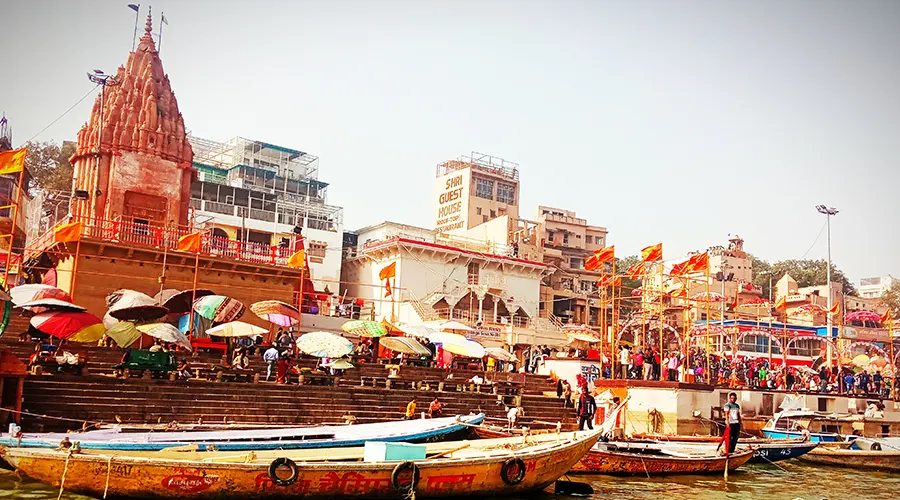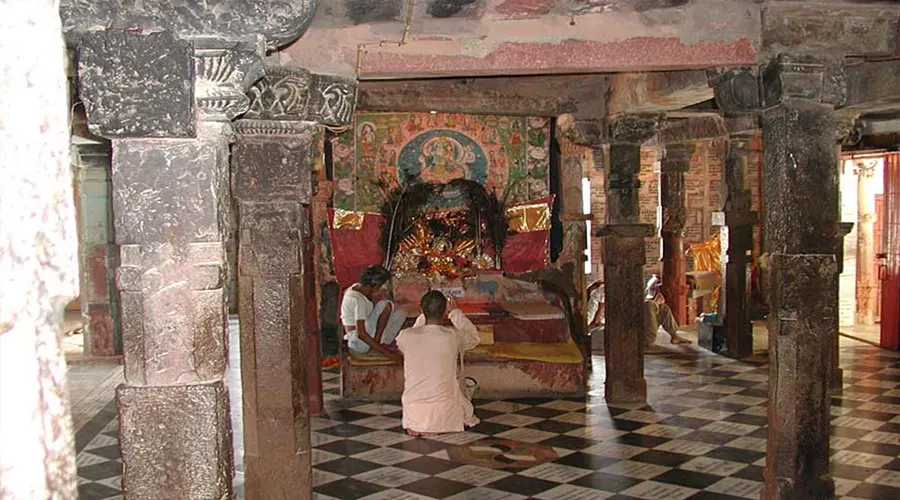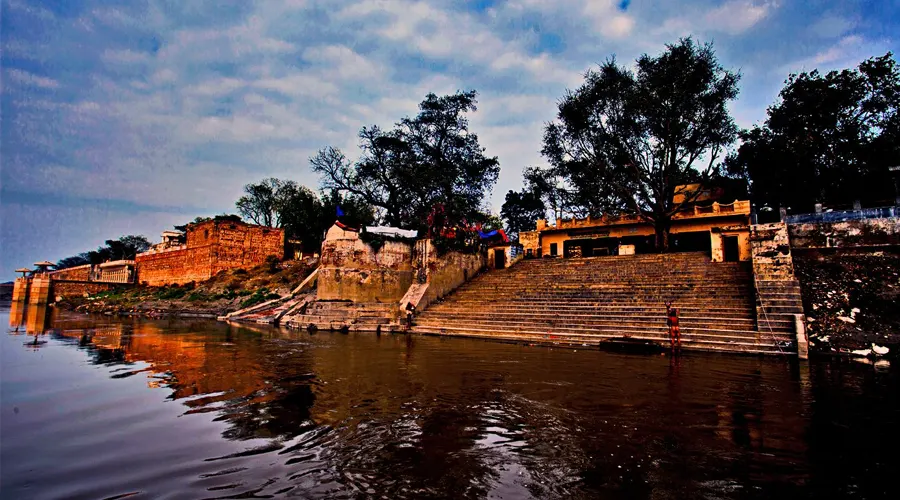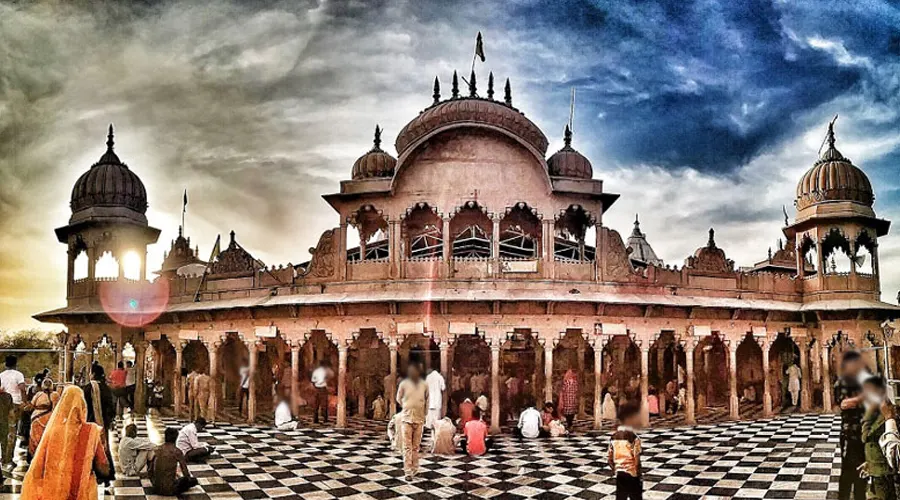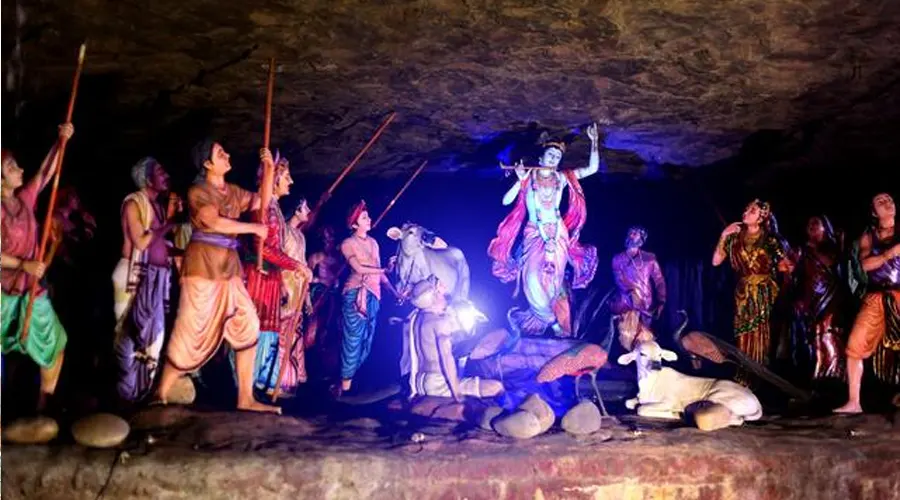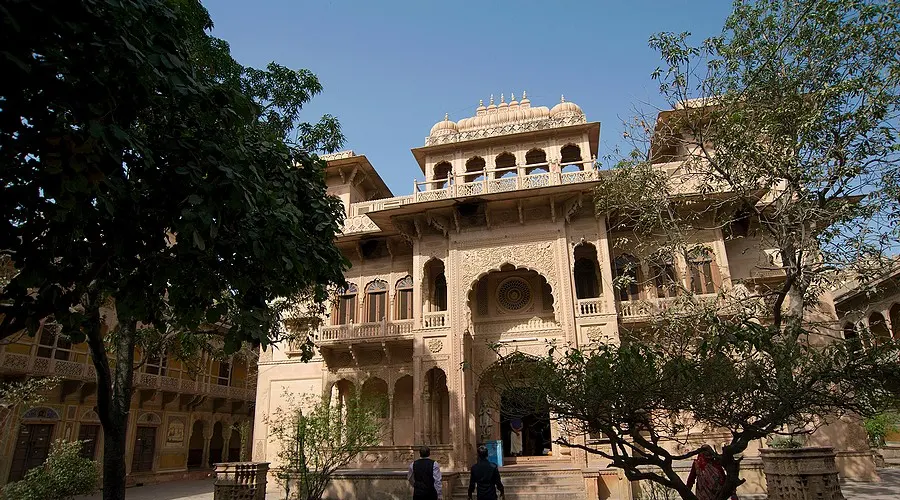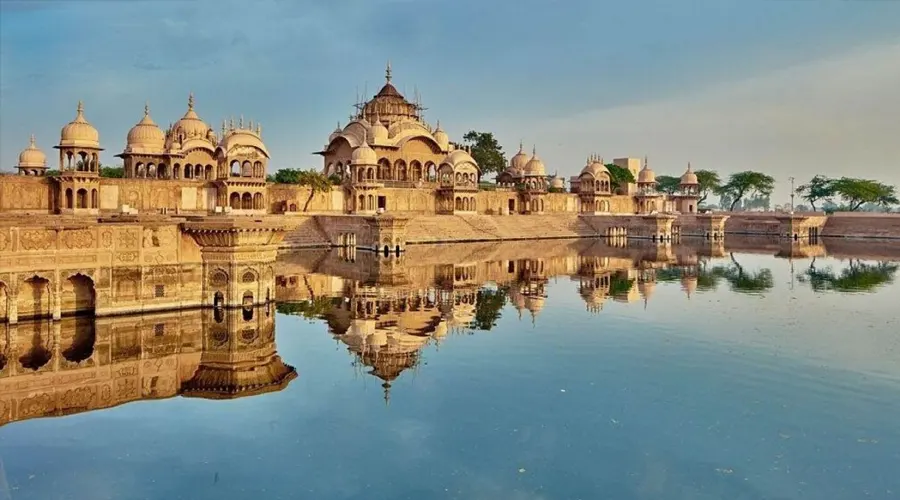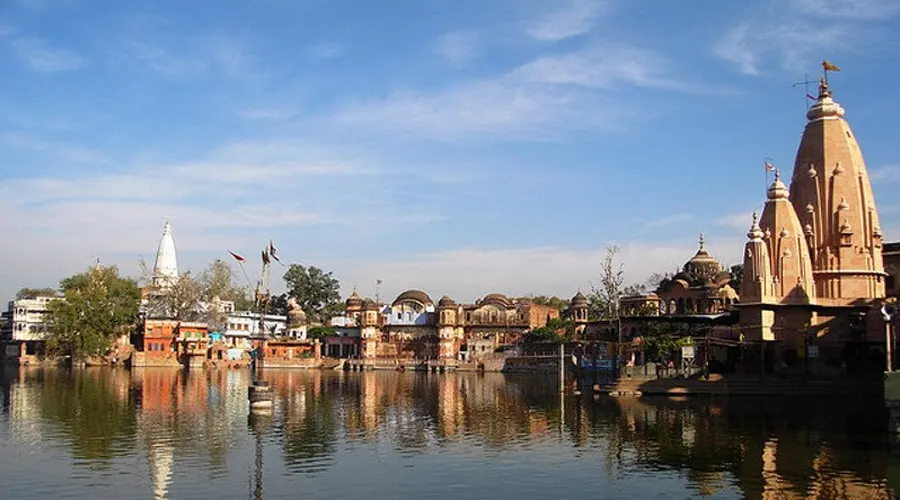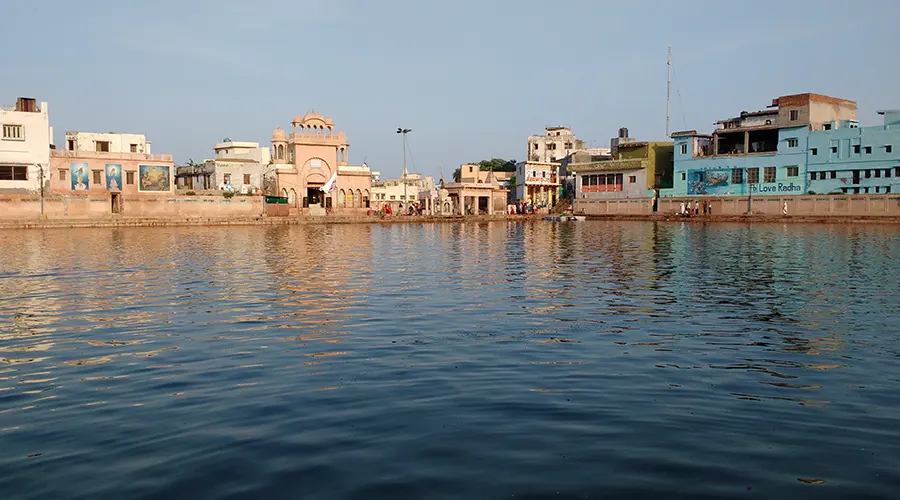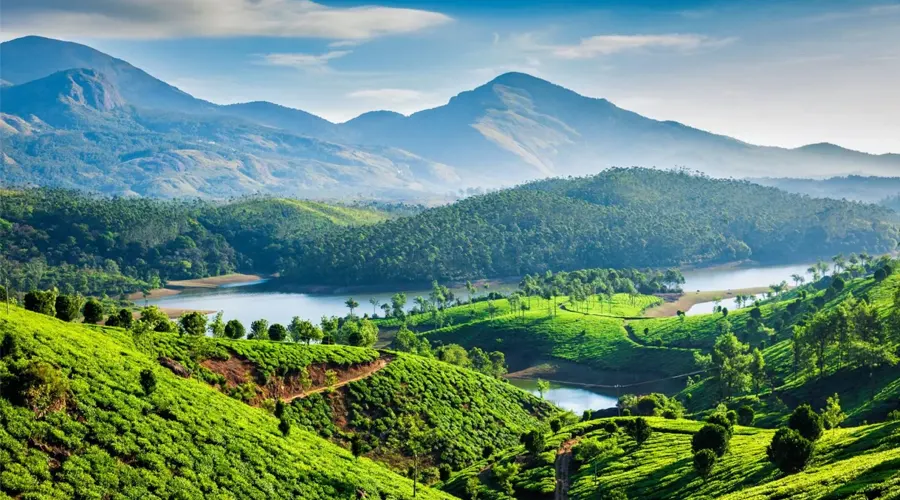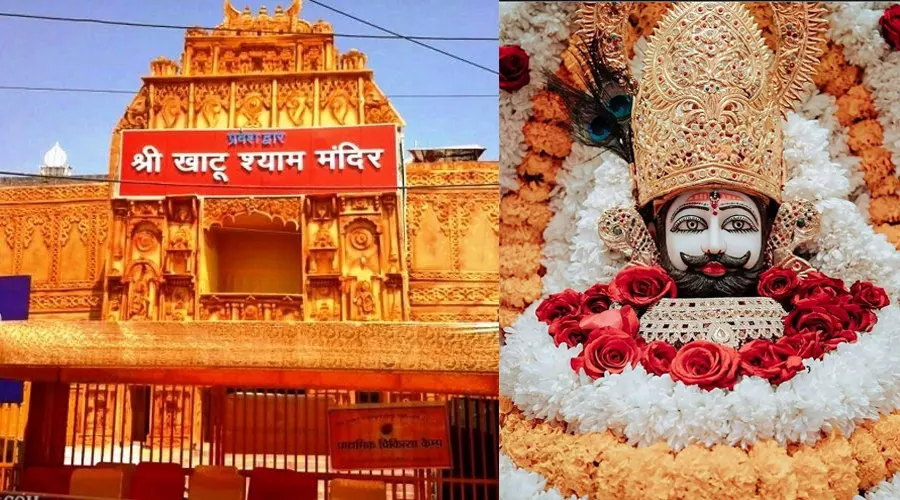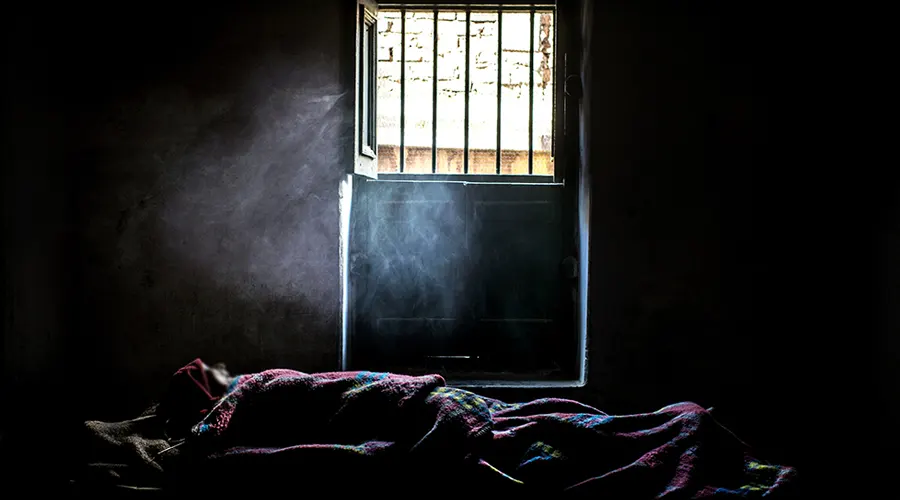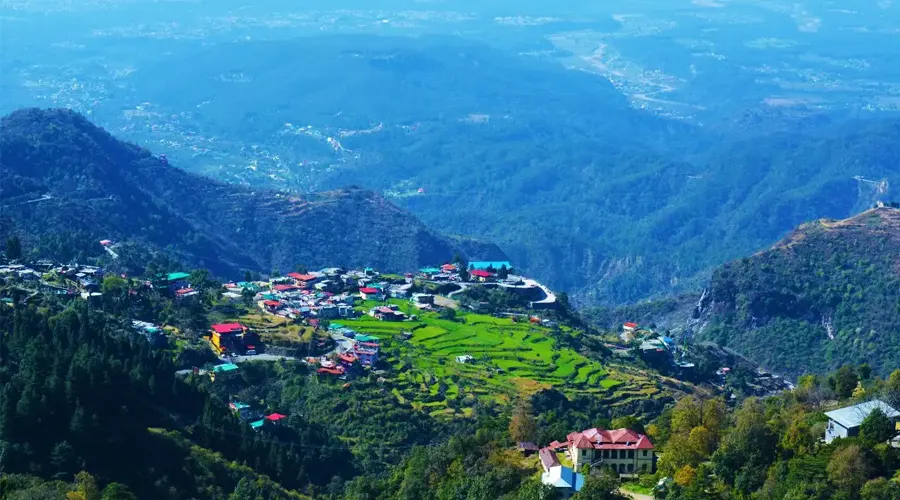Ram Mandir Ayodhya – History, Architecture, Opening Date & Travel Guide
Inauguration and Significance
The Ram Mandir in Ayodhya, Uttar Pradesh, was officially inaugurated on January 22, 2024. It stands at a site revered by Hindus as Ram Janmabhoomi—the birthplace of Lord Ram. This location was previously occupied by the Babri Masjid, a 16th-century mosque demolished in 1992 by Hindu activists, sparking nationwide communal riots.
Historical and Legal Background
The site has long been contested between Hindu and Muslim communities. While Hindus claim it as Ram's birthplace, Muslims venerated the Babri Masjid that once stood there. In 2010, the Allahabad High Court ruled to divide the land among Hindus and Muslims, but the Supreme Court overturned this in 2019, awarding the entire site to Hindus and directing an alternative plot to be provided for a mosque.
Consecration Ceremony
The temple’s consecration (prana pratishtha) took place on January 22, 2024, attended by around 7,000 guests, including politicians, celebrities, spiritual leaders, and business figures. Prime Minister Narendra Modi presided over the event. It was extensively promoted with live broadcasts, special flights, and community events across India. The following day, about 300,000 devotees visited the temple, with an equally large crowd waiting outside.
Architecture and Construction
The Shri Ram Janmabhoomi Teerth Kshetra Trust, formed by the Indian government, oversees the temple’s construction. The temple covers 2.7 acres within a 70-acre complex. Designed in the Nagara architectural style by Chandrakant and Ashish Sompura, the structure includes:
- Three floors (each 20 ft high), total height of 161 ft
- Dimensions: 380 ft long, 250 ft wide
- 5 main halls (mandapas), 12 gates, and 392 intricately carved pillars
- No iron or steel used; built using Bansi Paharpur sandstone and Makrana marble
The temple also features ramps and lifts for accessibility, and eco-friendly infrastructure including sewage and water treatment plants. About 70% of the site is dedicated to green space.
Public Reactions
While many across India celebrated with chants, fireworks, and diya-lighting ceremonies, others expressed skepticism and political concern. Senior Congress leaders declined to attend, citing secular values and criticizing the timing amid incomplete construction. Notably, reactions were mixed even within opposition parties. Meanwhile, Shankaracharyas questioned the religious propriety of consecrating an unfinished temple, while other spiritual figures praised the event.
Community Impact and Global Reactions
Many Muslims accepted the 2019 verdict, but resentment over the Babri Masjid demolition still lingers. Tensions surfaced in areas like Mumbai, and protests occurred internationally, most notably at New York's Times Square, where both support and criticism were displayed.
Historical Dispute Timeline
- 1856–57: Communal riots prompt the British to separate access for Hindus and Muslims.
- 1949: Murtis of Ram are placed in the mosque; site locked under court order.
- 1959–1989: A series of lawsuits are filed by Hindu and Muslim organizations, and a legal case is filed on behalf of Lord Ram as a juridical entity.
- 1990: BJP leader L.K. Advani leads the controversial Rathyatra campaign, halted mid-way; tensions escalate.
- 1992: Babri Masjid demolished by a Hindu mob.
- 2010: High Court divides land among three parties.
- 2019: The Supreme Court grants full site to Hindus and orders land for a mosque elsewhere.
Construction Details and Key Features
- Start Date: March 2020
- Builder: Larsen & Toubro (gratis), with support from premier Indian institutions and ISRO
- Features:
- 21-foot granite plinth to prevent moisture
- 732 m-long compound wall (parkota)
- Temples dedicated to Surya Dev, Devi Bhagwati, Ganesh, Shiv, Hanuman, Maa Annapurna, and sages such as Valmiki and Vashishtha
- Restored the ancient temple at Kuber Tila with a statue of Jatayu
- Zero use of iron
Visitor Information
- Darshan Hours:
- Morning: 7:00 AM – 12:15 PM
- Afternoon: 1:30 PM – 9:00 PM
- Aarti Timings:
- Mangala: 4:30 AM
- Shringar: 6:30 AM
- Bhog: 12:00 PM
- Madhyan: 1:30 PM
- Sandhya: 7:00 PM
- Sayan: 9:30 PM

